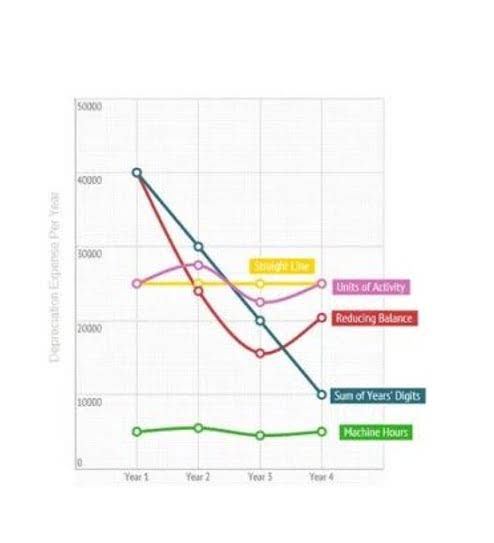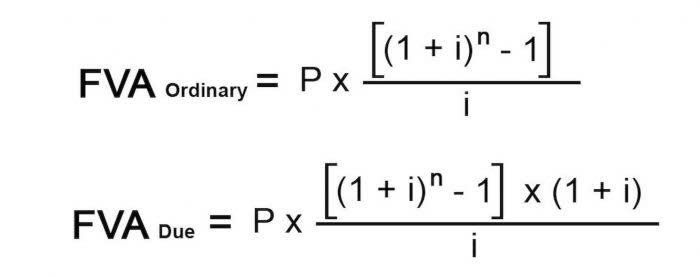Horizontal Analysis Meaning, Formula, Examples

For example, clearly the revenue is growing each year, however, the expenses, particularly the sales and marketing expenses are growing more rapidly, resulting in a reduction in the net income and net income % of the business. Use an appropriate formula for an absolute or percentage comparison as required and put values from both accounting periods into the formula. Analysts must perform horizontal analysis of all major financial statements as key financial metrics are closely linked for all of them. Horizontal or trend analysis is the historic review of the financial statements of a company for a specified period. When reviewing a company’s financial statements over a number of periods, horizontal analysis is utilized. In this second example, I horizontal analysis formula will do a horizontal analysis of Company B’s current assets based on the annual balance sheets.
- For this, we compare the absolute change ($) and percentage change (%) in all the line items from one period to the other.
- Double Entry Bookkeeping is here to provide you with free online information to help you learn and understand bookkeeping and introductory accounting.
- First, we need to take the previous year as the base year and the last year as the comparison year.
- Another method of analysis MT might consider before making a decision is vertical analysis.
- The analysis can be carried out on any of the financial statements but is usually performed on the balance sheet and income statement together with appropriate accounting ratios.
- In horizontal analysis, the changes in specific items in financial statements i.e. net debt on the balance sheet or revenue on the income statement– are expressed as a percentage and in a specific currency – for example, the U.S. dollar.
Cash Flow Statement

Strategic bookkeepers provide real-time financial intelligence, track key performance indicators (KPIs), and ensure businesses remain audit-ready and investor-friendly. By leveraging advanced bookkeeping services, businesses can enhance profitability, improve budgeting, and navigate tax compliance with greater confidence—all without hiring a full-time CFO. This can happen when the analyst modifies the number of comparison periods used to make the results appear unusually good or bad.
- When reviewing a company’s financial statements over a number of periods, horizontal analysis is utilized.
- For instance, if a company records a decrease in its sales, the analysis will show its impact on cash flows as well.
- Also, horizontal analysis alone may not provide a comprehensive understanding of a company’s financial health and requires additional analysis and context.
- This type of analysis is commonly used by internal and external stakeholders of a company including its directors, shareholders, lenders, and investors.
Calculate Percentage Change
- Despite several advantages, horizontal analysis has some limitations and disadvantages as well.
- The objective with horizontal analysis is to spot trends in the financial information such as, for example, whether an expense is increasing or decreasing each year, and for this reason horizontal analysis is also known as trend analysis.
- Then, divide the result by the base year to arrive at the dollar change by deducting the value from the base year from the comparative year.
- The horizontal analysis evaluates trends Year over Year (YoY) or Quarter over Quarter (QoQ).
- It can also be used to project the amounts of various line items into the future.
- That’s exactly why it’s called horizontal analysis – you compare the data from each period side by side to calculate your results.
It is most valuable Accounting for Marketing Agencies to do horizontal analysis for information over multiple periods to see how change is occurring for each line item. The year being used for comparison purposes is called the base year (usually the prior period). The year of comparison for horizontal analysis is analysed for dollar and percent changes against the base year. Horizontal Analysis is a financial analysis technique that evaluates a company’s financial statements over multiple periods to identify trends, growth patterns, and potential areas of concern by comparing line items year-over-year. This method helps stakeholders understand how a company’s financial position and performance have evolved over time.
Select the Time Period
Since horizontal analysis is expressed in percentage change over time, it is often confused with vertical analysis. The two are entirely different with the primary difference between them being that horizontal examines the relationship between numbers across various periods and vertical analysis is only concerned with a single period. For example, let us assume that we are interested in comparing gross sales of a business quarter-over-quarter for the last year. Using the financial statements, we could take the gross sales from the first quarter as our beginning period’s value. The component of “time” in financial statement analysis holds a great deal of weight. One of the overall goals of horizontal analysis is to help users gauge what stage the business is in.

Company Valuation: How to Value Your Business?
As a result, some companies maneuver the growth and profitability trends reported in their financial horizontal analysis report using a combination of methods to break down business segments. Regardless, accounting changes and one-off events can be used to correct such an anomaly and enhance horizontal analysis accuracy. In this sample comparative income statement, sales increased 20.0% from one year to the next, yet gross profit and income from operations increased quite a bit more at 33.3% and 60.0%, respectively. Changes between the income from operations and net income lines can be reviewed to identify the reasons for the relatively lower increase in net income. The consistency guidelines mean a company must use the same accounting principles across different accounting periods.

Now that you have the percentage change values for your chosen variables – both for your company and others in the same industry – it’s time to analyze your company’s values and those of your competitors. This will allow you to interpret these results within as comprehensive a context as possible. We need to perform a horizontal analysis of the income statement of this company. To illustrate, consider an investor who wishes to determine Company ABC’s performance over the past year before investing. Assume ledger account that ABC reported a net income of $15 million in the base year, and total earnings of $65 million were retained. The company reported a net income of $25 million and retained total earnings of $67 million in the current year.

